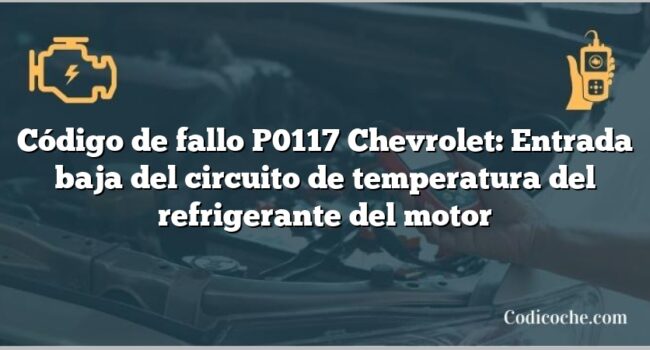
If your Chevrolet's onboard computer triggers the P0088 fault code, it means the fuel rail/system pressure is too high, which can cause engine misfires, rough idling, and poor performance.
Ignoring this code can lead to serious engine damage or total shutdown. Common causes include a faulty fuel rail pressure regulator, problem with the fuel pressure sensor, high fuel pressure, or blockage in the fuel system.
To diagnose the issue, you'll need to check the fuel pressure sensor and fuel rail pressure regulator, and use a scan tool to monitor the fuel rail pressure. Learn more about the steps to resolve this issue and prevent future problems.
- Key Takeaways
- Symptoms of the P0088 Chevrolet Code in Chevrolet Vehicles
- Common Causes of the P0088 Chevrolet Code: A Diagnostic Overview
- How to Diagnose the P0088 Chevrolet Code: Step-by-Step Procedure
- Effective Solutions: Repairing the P0088 Chevrolet Code
- Cost Analysis and Essencial Tools for Resolving the P0088 Chevrolet Code
- Preventive Measures to Avoid the P0088 Chevrolet Code in the Future
- Chevrolet Models Most Affected by the P0088 Chevrolet Code
- Related Fault Codes to P0088 Chevrolet Code
- Frequently Asked Questions
- Conclusion
Key Takeaways
- Fault Code P0088 indicates high fuel rail/system pressure, which can cause engine misfires, rough idle, and poor performance in Chevrolet vehicles.
- Common causes include a faulty fuel rail pressure regulator, high fuel pressure in the fuel system, and blockages or restrictions in the fuel system.
- Diagnosing the issue involves checking the fuel pressure sensor, fuel rail pressure regulator, and wiring harness for damage or malfunction.
- Repairing the issue may require replacing the fuel rail pressure regulator, repairing or replacing damaged wiring, and cleaning or replacing corroded connector pins.
- Ignoring the code can result in serious engine damage or total shutdown, so prompt diagnosis and repair are essential.
Symptoms of the P0088 Chevrolet Code in Chevrolet Vehicles
When your Chevrolet's check engine light comes on and you're experiencing issues like poor engine performance, poor fuel economy, or black smoke billowing from the tailpipe, it may be a sign that your vehicle has triggered the P0088 code.
This code indicates high fuel rail pressure, which can lead to serious engine trouble if left unchecked.
Some common symptoms of the P0088 code include:
- Engine misfires and hard starting
- Rough idle issues and excessively rich conditions for the exhaust
- Oil dilution and poor engine performance
- Black smoke billowing from the tailpipe due to faulty fuel rail pressure
It's essential to diagnose and repair the problem promptly to prevent further damage.
Ignoring the code can result in serious engine damage or total shutdown.
Common Causes of the P0088 Chevrolet Code: A Diagnostic Overview
Your Chevrolet's fuel system is throwing a red flag, and the P0088 code is pointing to a faulty fuel rail pressure regulator as the likely culprit.
This code indicates that the fuel rail/system pressure is too high, which can lead to serious engine problems if left unchecked.
So, what's causing this issue?
A faulty fuel rail pressure regulator that's stuck or malfunctioning
A problem with the fuel pressure sensor voltage input to the powertrain control module (PCM)
High fuel pressure in the fuel system, which can be caused by a faulty fuel injection pump
A blockage or restriction in the fuel system, which can also lead to high fuel pressure
How to Diagnose the P0088 Chevrolet Code: Step-by-Step Procedure
Now that you've identified the P0088 code, it's time to diagnose the issue by following a step-by-step procedure to pinpoint the root cause of the problem.
This code indicates that the fuel rail/system pressure is too high, which can be caused by a faulty fuel pressure sensor, sticking fuel rail pressure regulator, or other issues.
To diagnose the problem, you'll need to:
- Check the fuel pressure sensor and fuel rail pressure regulator for any signs of damage or malfunction
- Use a scan tool to monitor the fuel rail pressure and compare it to the desired pressure stored in the powertrain control module (PCM)
- Check the wiring harness and connectors for any signs of damage or corrosion
Consult factory service manuals for guidance on diagnosing and repairing the issue
Effective Solutions: Repairing the P0088 Chevrolet Code
To fix the P0088 code, you'll need to identify and address the underlying issue, whether it's a faulty fuel rail pressure regulator, damaged wiring, or another problem.
To get started, review the possible causes and visually examine the wiring harness and connectors. Check for damaged components and inspect connector pins for corrosion or breaks.
Replace the fuel rail pressure regulator if it's faulty.
Repair or replace damaged wiring and connectors.
Clean or replace corroded connector pins.
Consult a professional mechanic if you're unsure about the repair process.
Remember to always follow proper fuel system repair procedures to avoid causing further damage to your vehicle's engine code diagnosis.
Cost Analysis and Essencial Tools for Resolving the P0088 Chevrolet Code
Determining the cost of resolving the P0088 Chevrolet code requires a thorough understanding of the necessary repairs, which can range from $500 to $2,000, depending on the severity of the issue.
To diagnose and fix the problem, you'll need some essential tools.
- A fuel pressure test kit, which can cost around $50 to $200, to diagnose the fuel rail pressure issue.
- A scan tool or code reader, which can cost around $20 to $100, to retrieve and clear the P0088 code and monitor the vehicle's systems.
- A fuel pressure gauge, which can cost around $20 to $50, to measure the fuel pressure in the fuel rail.
- A repair manual or online resource, which can cost around $20 to $50, to provide step-by-step instructions and guidance for resolving the P0088 code.
With these tools, you'll be well-equipped to tackle the repair and get your vehicle running smoothly again.
Preventive Measures to Avoid the P0088 Chevrolet Code in the Future
By investing time in routine maintenance and inspections, you can substantially reduce the likelihood of encountering the P0088 Chevrolet code again in the future.
To avoid this code, make sure to check your fuel system regularly, paying attention to fuel rail pressure and the fuel pressure sensor to verify they're functioning correctly.
Keep your fuel pump in good condition to maintain proper pressure regulation.
Monitor your fuel economy and address any issues that may be contributing to high fuel pressure.
Guarantee your powertrain control module is receiving accurate data from the fuel rail pressure sensor to prevent misfires and poor engine performance.
Chevrolet Models Most Affected by the P0088 Chevrolet Code
You'll commonly find the P0088 code affecting certain Chevrolet models, particularly those with diesel engines or high-pressure fuel systems.
This code indicates that the fuel rail/system pressure is too high, which can lead to issues with the fuel system and engine performance.
Some of the most affected models include:
- Chevrolet Silverado 2500HD and 3500HD (2006-2010)
- Chevrolet Avalanche and Tahoe (2007-2013)
- Chevrolet Silverado 1500 and GMC Sierra 1500 (2011-2016) with the 6.6L Duramax diesel engine
- Chevrolet Colorado and GMC Canyon (2004-2006) with the 3.5L inline-5 cylinder engine
These models are prone to faulty fuel pressure regulators, sensors, and injectors, which can trigger the P0088 code.
Crucial to tackle this issue promptly is to prevent further damage to your vehicle's fuel system and engine.
When diagnosing the P0088 code in your Chevrolet, it's also important to check for other related fault codes that may be triggered by similar issues in the fuel system or engine performance.
These codes can provide valuable insights into the underlying problem and help you identify the root cause more efficiently.
Some related fault codes to look out for include:
- P0190: Fuel Pressure Sensor Circuit Malfunction
- P0191: Fuel Pressure Sensor Range/Performance
- P0192: Fuel Pressure Sensor Low Input
- P0089: Fuel Pressure Regulator Performance
These codes are all related to fuel rail pressure and can help you narrow down the issue.
Remember to always consult your powertrain control module (PCM) and fuel injection systems data to get a complete picture of what's going on.
Frequently Asked Questions
What Would Cause Fuel Rail Pressure to Be Too High?
A clogged fuel filter or fuel line blockage can restrict fuel flow, leading to increased pressure. A faulty fuel pump or faulty fuel pressure regulator can also cause pressure to build up.
Using the incorrect fuel type, a worn fuel injector, or a clogged fuel return line can contribute to high fuel rail pressure.
A malfunctioning engine computer or a fuel system malfunction can also be the cause of high fuel rail pressure.
How Do You Fix the Code P0088 on a Duramax?
Inspect the fuel system for issues like a faulty fuel pressure regulator or clogged fuel injectors. Clean or replace the fuel injectors as needed.
If the issue persists, check the fuel pump and replace it if it's faulty.
Perform engine performance checks and fuel system diagnosis to verify the error code P0088 is resolved.
How Do I Lower My Fuel Rail Pressure?
Inspect the rail system and fuel filter, and clean or replace them if necessary. Adjusting the pressure regulator or replacing the fuel pump might be required.
Cleaning the fuel injectors, performing engine performance tuning, and bleeding the fuel system can also help lower fuel rail pressure. Installing a pressure gauge to monitor the system is also recommended.
Conduct fuel pressure testing to verify the system is operating within specifications. This will help you identify if the issue is resolved or if further adjustments are needed.
Where Is the Fuel Rail Pressure Sensor Located?
The fuel rail pressure sensor is attached to the fuel rail using a mounting bracket or clip, and connected to the engine control module (ECM) via an electrical connector.
The sensor's exact location varies depending on the Chevrolet model, engine type, and year.
Consult a fuel system diagram or repair manual for specific information.
Verify proper sensor calibration and clean the sensor regularly to maintain accurate fuel rail pressure readings.
Conclusion
You've made it to the end of this troubleshooting journey, and now you're equipped with the knowledge to tackle the P0088 fault code in your Chevrolet.
Remember to stay calm, follow the steps, and pinpoint the root cause of the issue. With the right tools and a bit of patience, you'll be back on the road in no time, with a fuel system running smoothly and efficiently.
By being proactive, you'll save time, money, and stress in the long run.
Si quieres conocer otros artículos parecidos a Fault Code P0088 Chevrolet: Fuel Rail/System Pressure Too High puedes visitar la categoría Chevrolet.
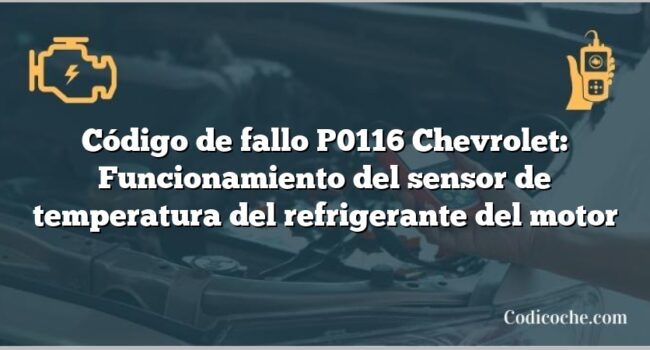
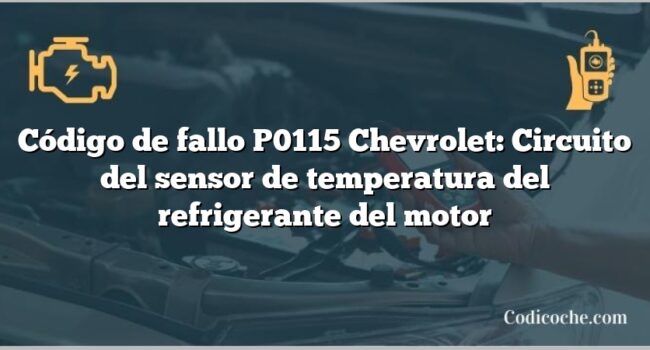
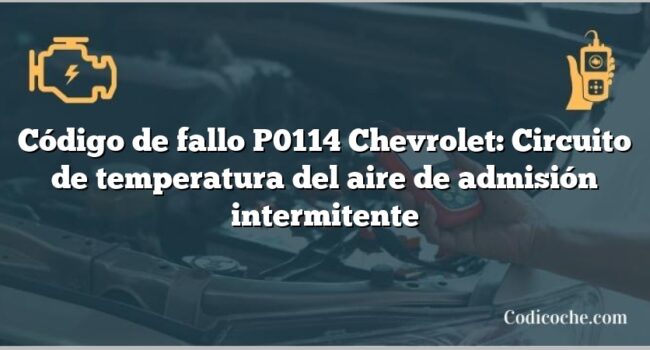
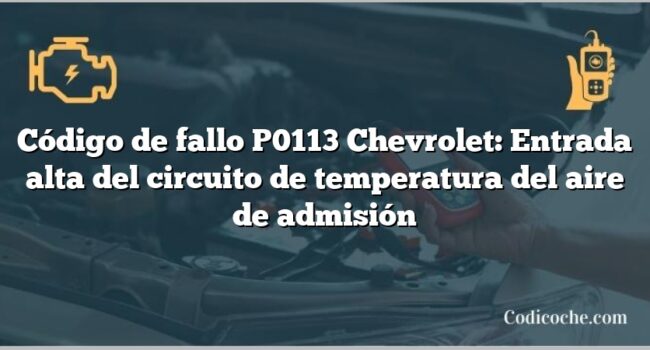
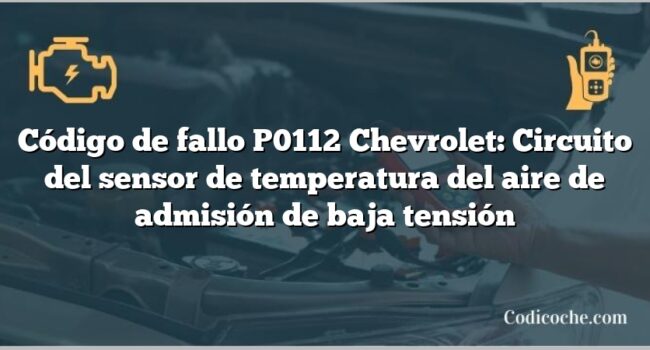
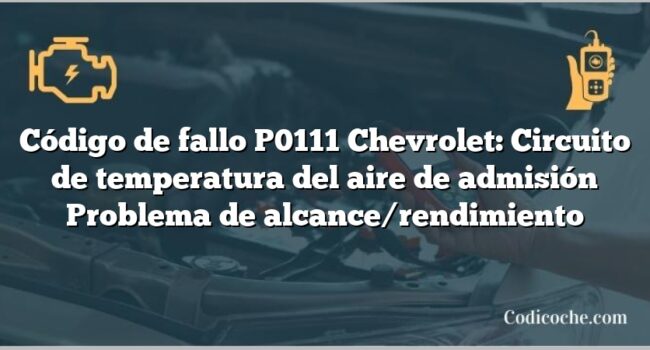
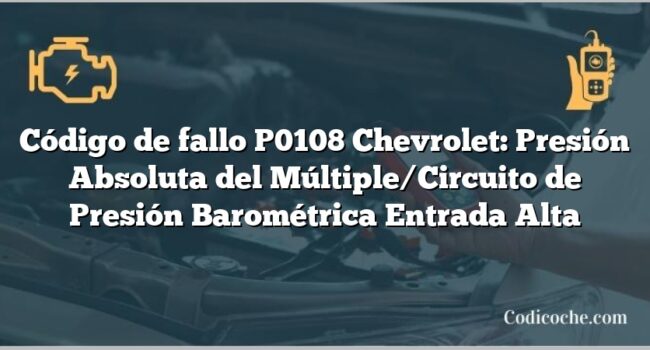
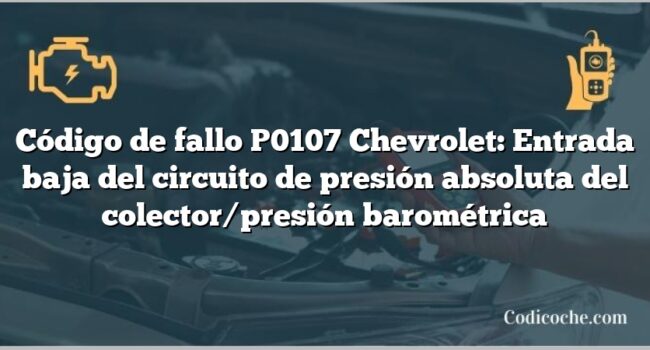

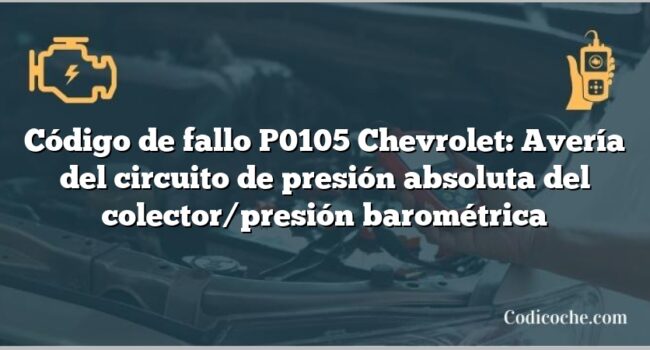
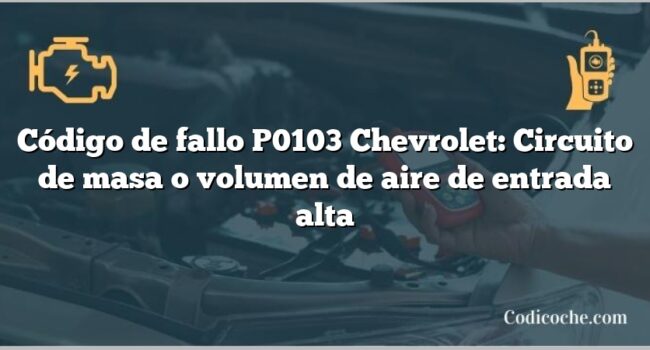

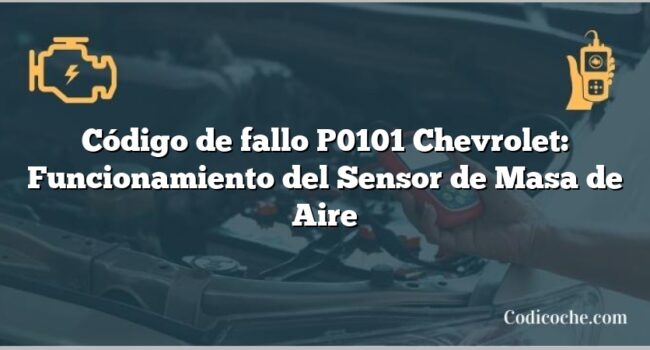

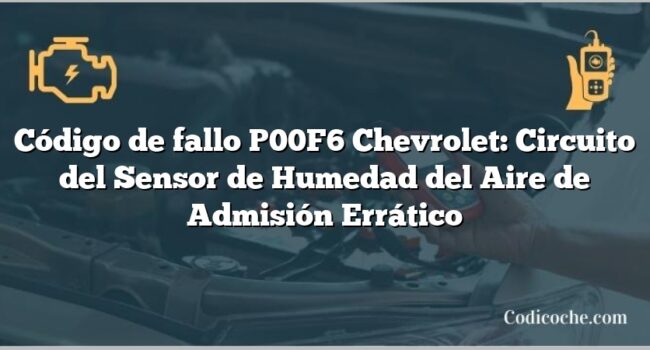

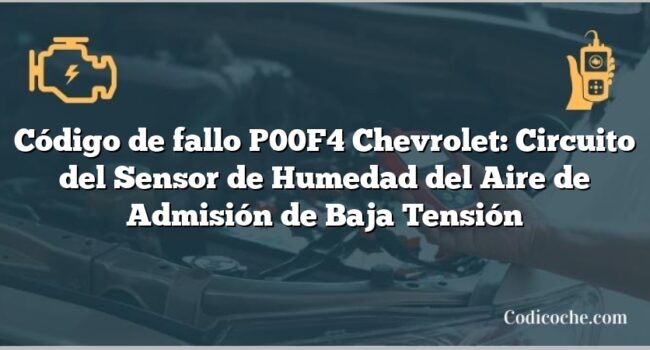
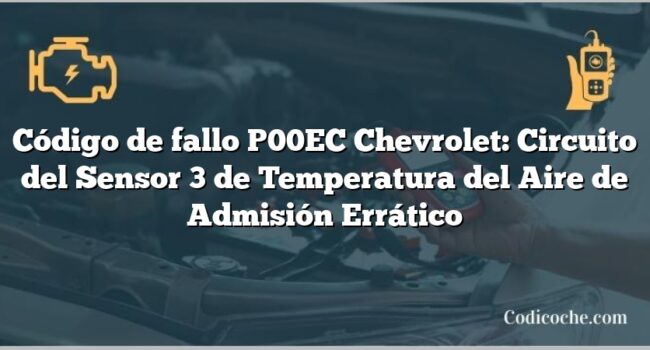
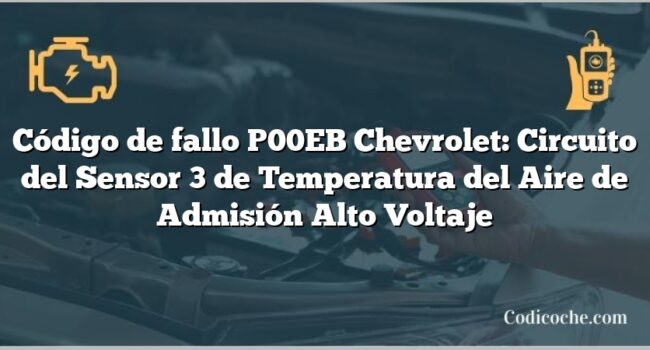
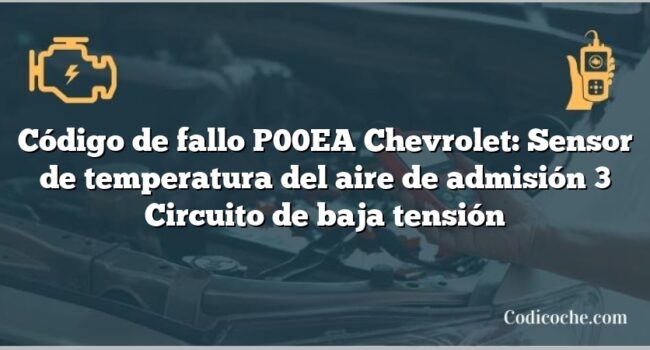
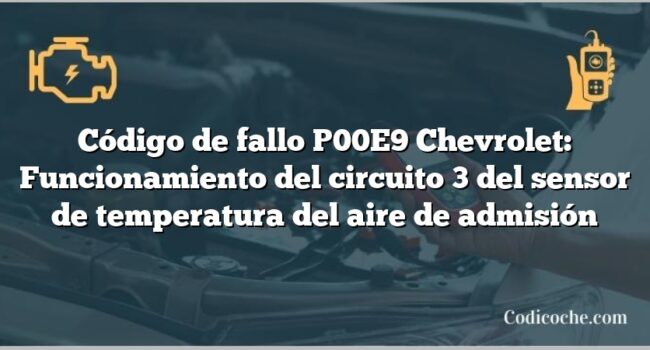
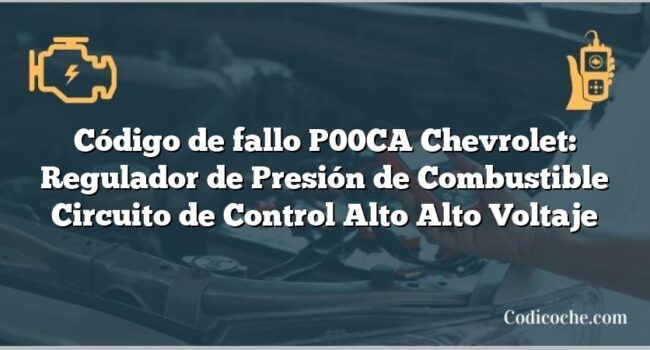
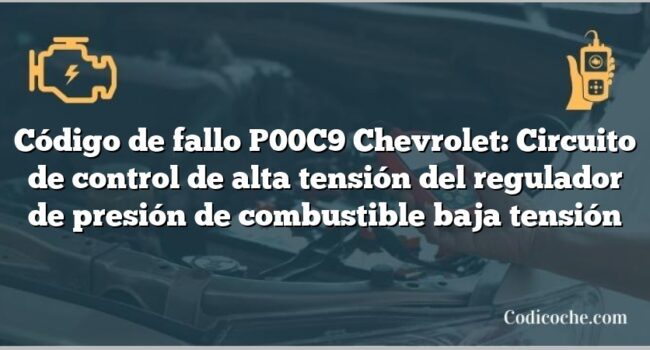
También te puede interesar: